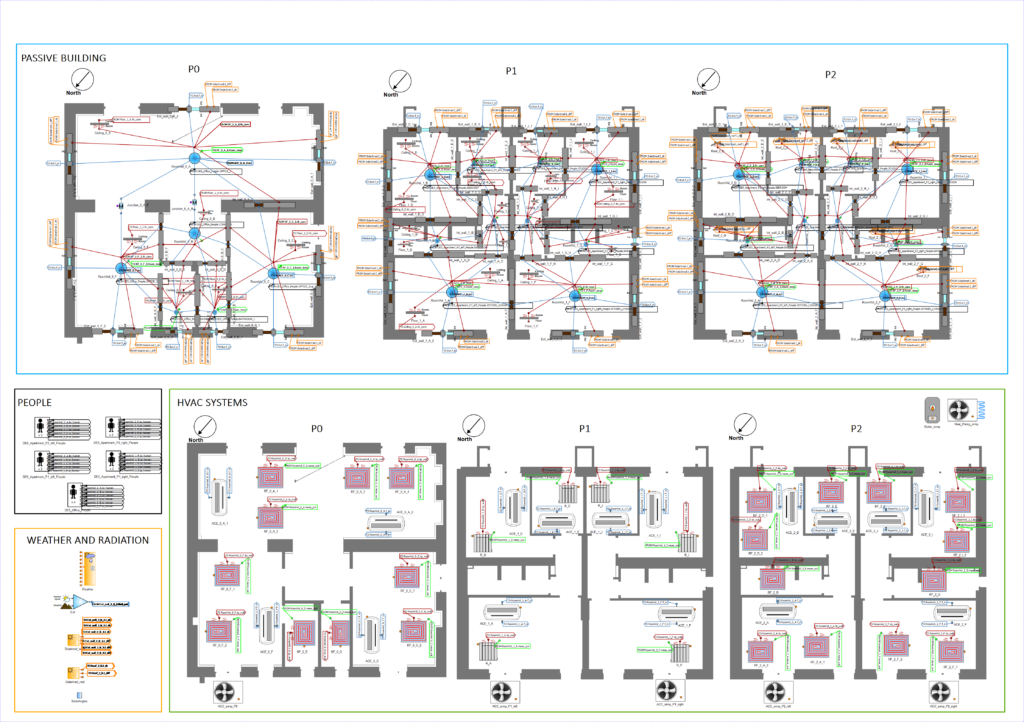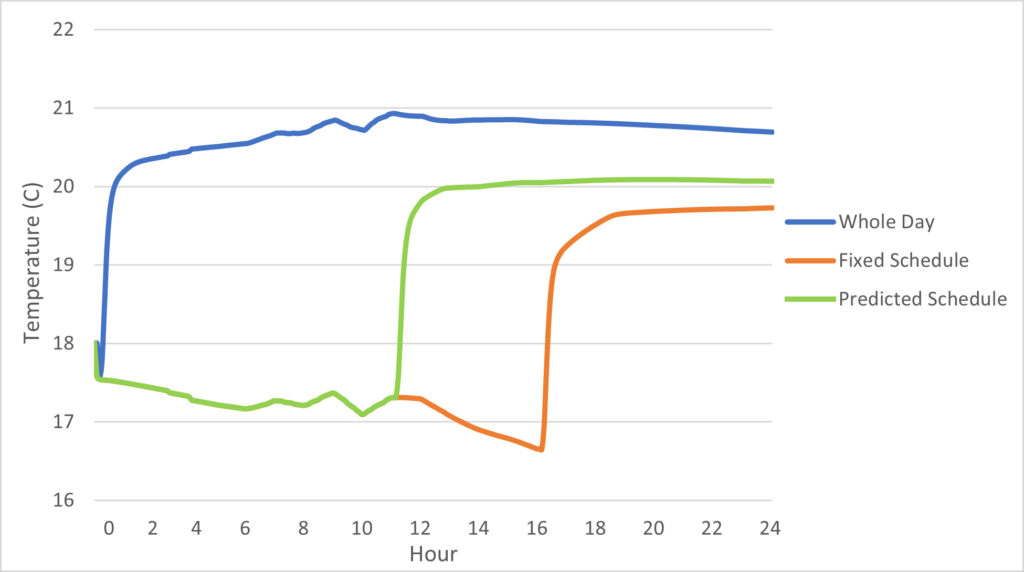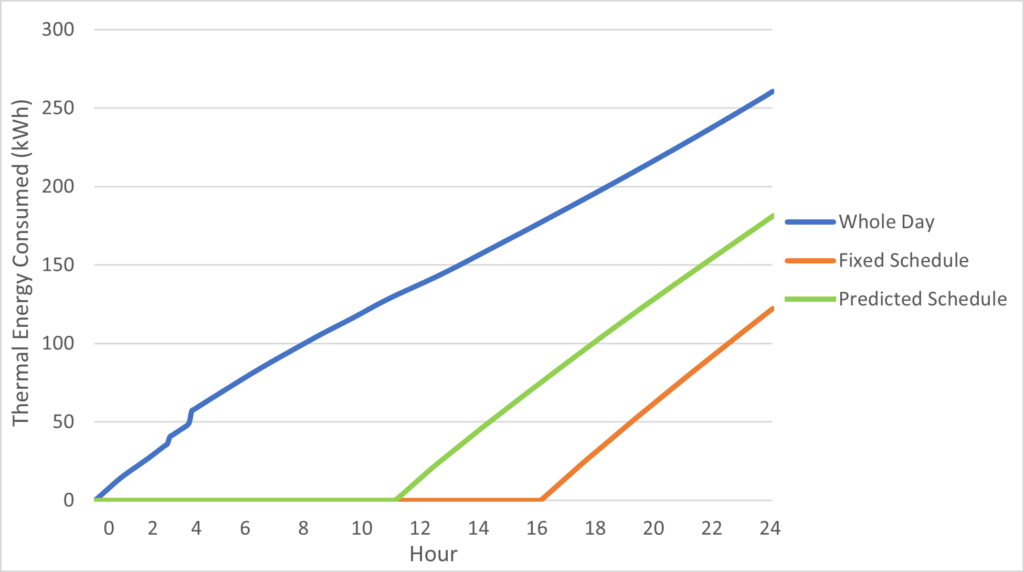The current climate situation is boosting the importance of air quality, thermal comfort, and energy efficiency. In this respect, HVAC systems are in charge of controlling indoor conditions and keeping them suitable for human comfort. However, to do their job, these machines use large amounts of energy, so the problem is how to design HVAC systems to use less energy while still maintaining the desired conditions.
This is where “Model-based Predictive Control” strategies can provide an optimal solution because they are capable of defining HVAC machinery working conditions in advance.
The “Model-based Predictive Control” techniques had their heyday in the 1980s when they were successfully applied in the chemical and petroleum industries. The predictive controller, as its name suggests, predicts the dynamic behavior of a given system by means of a representative model and an optimization mechanism. It then tries to find the optimal control action, within the established restrictions. Moreover, predictive control not only considers the current time but also the future conditions that are meant to be reached.
Therefore, the model must be reliable enough to make accurate predictions of the modeled process. Accordingly, the HVAC Libraries developed for the EcosimPro software use predictive control strategies to generate reliable models capable of optimizing the machinery working conditions.
CASE STUDY
One setting in which predictive control can be applied is domestic HVAC systems. Common control strategies are based on either turning on the HVAC system all day long to maintain the desired conditions or keeping it working for only a few hours, mainly when people are on site. However, a far more efficient and comfortable approach is to apply predictive control to define the operating parameters. One predictive control strategy is to define operating schedules for the machinery based on weather predictions.
To demonstrate the potential of predictive control, the HVAC Libraries available for the EcosimPro software program have been used to model the Passive Building and HVAC system of a house in order to study the control strategies. The figure below shows a small building modelled in EcosimPro, where the passive building, HVAC systems, humans, and weather parameters are modelled.

For the test case, the thermal comfort and air quality conditions of the rooms are meant to be maintained from 4:00 pm, when people get home, until 12:00 am, when they go to bed. The average minimum temperature is set to 20oC. The different operating schedules under study were analyzed for a cold winter day.
The first graph presents the average temperature distribution inside the house during the day for each of the three different operating schedules.

We see that for the “Fixed Schedule” working mode, the house never quite reaches the 20 °C minimum temperature. In another common approach, we might choose a “Whole Day” heating schedule for very cold days. However, looking at the first graph, this option operates for a longer time, so its energy consumption might be higher than in the “Predicted Schedule”. Since both options fulfill the temperature requirements from 4:00 pm to 12:00 am, the one that uses less energy would be the optimal solution.

The figure above represents the accumulative energy consumption during the day for the three different alternatives. As explained above, we can discard the “Fixed Schedule” situation because it does not fulfill the temperature requirements. Of the two solutions left, the one that uses less energy is the “Predicted Schedule.” Consequently, this is the best control schedule to reduce energy use while maintaining thermal comfort and air quality.
To achieve such a low consumption, the HVAC system should turn on at 11:00 am, 5 hours before people get home. These results come from using an optimization algorithm applied to a building model and weather prediction data.
As the second graph shows, the use of predictive control could save up to 30% in energy in contrast to conventional control systems.
Thus, this study has shown the potential of predictive control strategies applied by using the HVAC Libraries and EcosimPro.
Written by Miguel López Guillem, Antonio José Rivero Cambeiro and Pablo Vicente Legazpi from Empresarios Agrupados